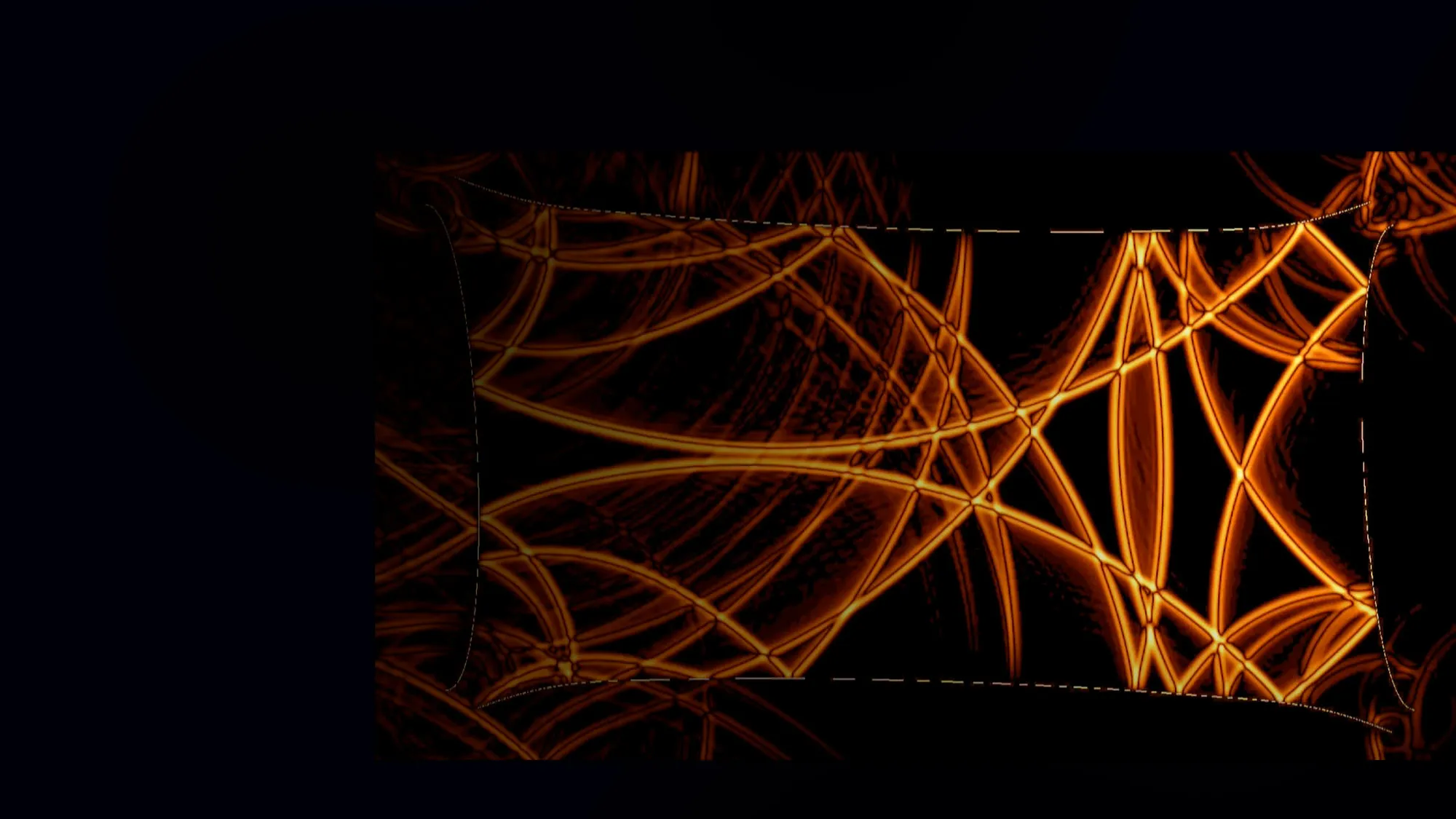The Artist Theater Program
Los Angeles-based artist Erika Vogt presented a collaborative theatrical production that brought together visual artists and performers who work across media, including Math Bass, Shannon Ebner, Lauren Davis Fisher, Mariah Garnett, MPA, Silke Otto-Knapp & Flora Wiegmann, Adam Putnam, and Mark So. The Artist Theater Program was a choreographed chorus of individual works that moved, collided and overlapped in time, responding to the space and mechanics of EMPAC’s architectural infrastructure by combining performers, artworks, sets, props, and lighting effects that echo the corporeal, erotic, sensual, expressive, and strange. By acting collectively upon physical or sculptural forms, the artists created an alternate framework for an experiential exhibition, one rooted in the desire to build and present an artistic community.
Erika Vogt’s work has been included in major international shows at New Museum, New York City; Hepworth Wakefield, Leeds; Triangle, Marseille; Whitney Museum, New York City; the Hammer Museum, Los Angeles; and SFMOMA, San Francisco. Vogt’s video Darker Imposter was screened on Channel 4 television, co-commissioned by Frieze Foundation, London; and EMPAC.

